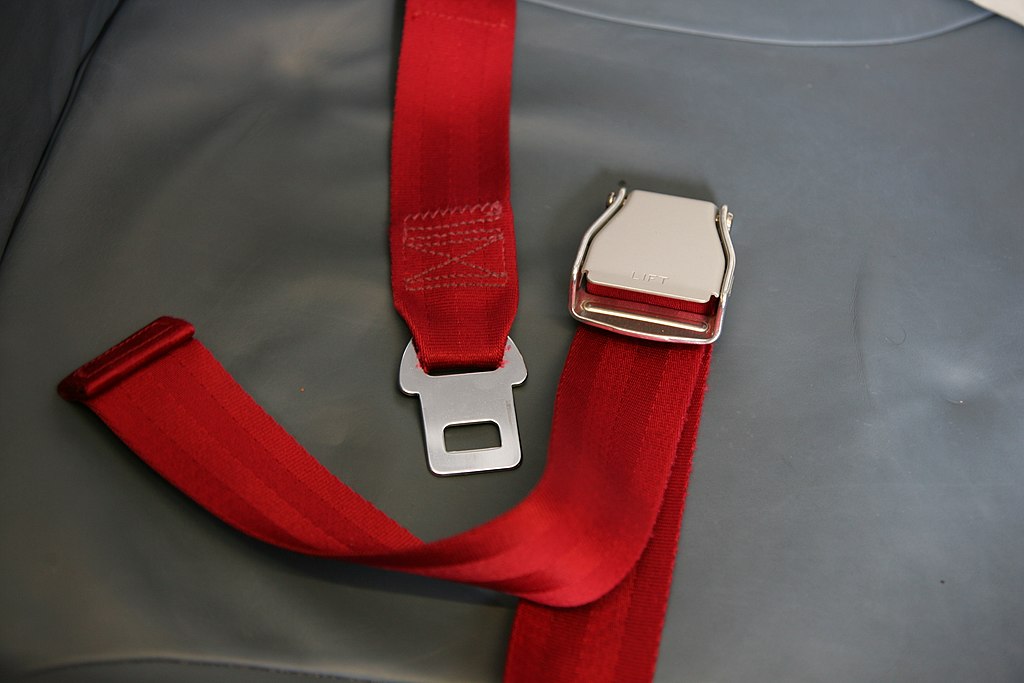Mistakenly mitigation and control concepts replace eachother on some academic or professional texts. However, they are different than eachother. Control is a measure which is preventive to reduce likelihood, while mitigation can be seen more corrective, to reduce the severity of a risk event.
It is always the best to keep the fact below in mind:
“In automobiles: ABS is a control. Safety belt is a mitigation”
The purpose of the ABS is to prevent an accident, while safety belt’s purpose is to minimize the harm if an accident happens. We can summarize both concept’s properties as below:
Control:
- A control is a measure that is put in place to prevent a risk from occurring.
- Controls are often designed to stop a potential cause of a risk before it can lead to an unwanted event or effect.
- Controls can be proactive, aiming to eliminate or reduce the risk up front.
- They can be seen as barriers or safeguards that are integrated into processes and procedures.
- Examples include safety protocols, regular equipment maintenance, or staff training.
Mitigation:
- Mitigation refers to strategies or actions that are taken to reduce the severity or impact of a risk should it occur.
- It is more about managing the effects of a risk event to minimize damage rather than preventing the risk itself.
- Mitigation is often reactive, coming into play after a risk has materialized.
- These strategies often involve contingency planning and response actions.
- Examples include emergency response plans, backup systems, or having a fatigue risk management plan to handle instances when employees are fatigued.
And here are more examples:
Control Examples:
- Seatbelts: This is a preventive measure to reduce the risk of injury when accident happens.
- Healthy Dietary and Regular Exercise: These habits are controls to prevent health risks like heart disease or obesity.
- Installing Smoke Detectors in Homes: A proactive measure to alert residents early for preventing a potential fire before it occurs.
- Regular Maintenance of Home Appliances: Reducing the risk of malfunctions that could lead to harm.
Mitigation Examples:
- Having a First Aid Kit: Used to treat minor injuries if they occur, reducing the severity of the injury.
- Insurance Policies: Provide a financial safety net if such events occur.
- Fire Extinguishers in Buildings: They don’t prevent fires but are crucial in mitigating damage if a fire breaks out.
Want to learn more?
Do you know you can get a comprehensive training for Safety Management Systems?

